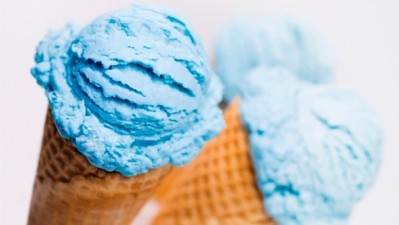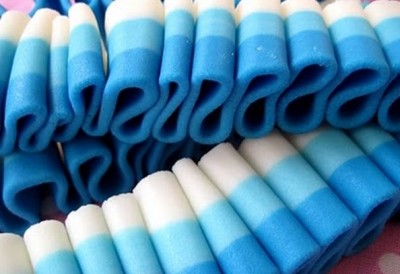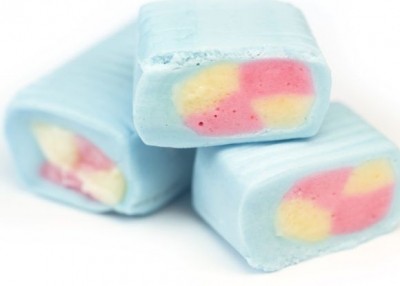Global demand for spirulina-derived natural blue food colorings could grow 10-fold, says DIC as it plans new extraction plant in CA
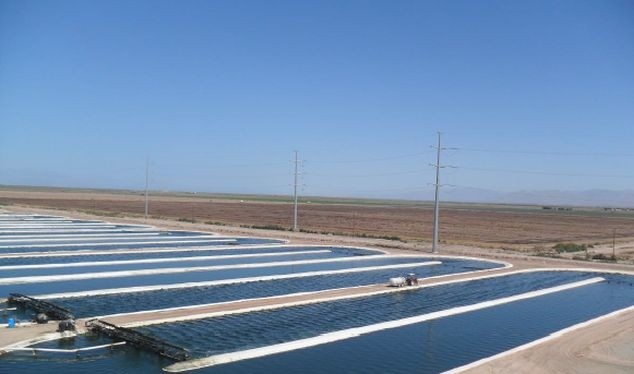
Its announcement follows a recent decision by the FDA to approve the use of spirulina extract to color candy and gum in the US market - with regulatory approval for its use in a wider range of products expected in the near future.
While other fruit- and vegetable-based natural blue colors have been available to US manufacturers for some time, the FDA's thumbs up for spirulina extract gives formulators more options, especially those looking to blend natural blues with other colors to create natural green or purple shades.
The new extraction facility - which will produce DIC’s Linablue natural blue food coloring from phycocyanin, a blue colorant extracted from spirulina, using a water extraction process - will be built next door to the spirulina farm of DIC’s US subsidiary Earthrise Nutritionals, LLC - a leading player in the spirulina dietary supplements market.
Construction will begin in May 2014 and is expected to take about a year, said DIC, which predicts that the global market for spirulina-derived natural blue food colorings could expand to 7-10 times its current size as demand for natural colors continues to increase.
DIC sees this new investment as crucial to solidifying its dominance
Currently, DIC makes Linablue in Hainan Island in China, where it operates another spirulina production facility. However, having a second extraction facility in California will enable it to respond more effectively to demand in the US.
DIC estimates that the global market for natural food colorings will double between now and fiscal year 2018, said the firm.
“The superb quality of Linablue has earned the DIC Group a 90%+ share of the global market for Spirulina-derived natural blue food colorings, but with that particular market segment expected to expand to between seven and 10 times its present size, DIC sees this new investment as crucial to solidifying its dominance.”
DIC Life Tech Co raw materials sales manager Takaaki Oono told FoodNavigator-USA: "If all bluish/ greenish foods can be switched to Spirulina blue instead of artificial colorants in response to strong consumer demand, the market opportunity must be huge without any question. Although stability in the beverage section as well as price are always challenging, we believe those are inevitable as far as a natural colorant."
The world’s largest supplier of spirulina
The DIC Group began cultivating Spirulina in outdoor raceway ponds for use in nutritional supplements and natural food coloring in the late 1970s, and now claims to be the world’s largest supplier.
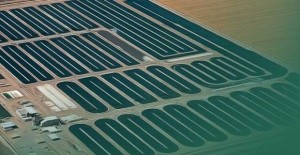
Earthrise Nutritionals, based in Irvine CA, is a Spirulina production and sales company with an annual yield of c. 500 tons. Its outdoor algae cultivation facility - claimed to be the world’s largest - covers 180,000 square meters in the Sonoran desert of southeastern California.
A nutrient-rich blue-green algae
A nutrient-rich blue-green algae that grows naturally in lakes in Africa and Central and South America, Spirulina contains more than 50 vitamins and minerals, including calcium and iron, and thrives in high-alkaline waters where other organisms cannot survive. It is also high in protein, fiber and gamma-linolenic acid.
Earthrise grows spirulina in mineral-rich Colorado river water, which is pumped through canals to large settling ponds, through filters and into the growing ponds. The production system employs a closed-loop system where everything is recycled and no discharge to the environment.
Clean, fresh water, carbon and nutrients are added daily to feed the algae, mixed by huge paddlewheels.
Asked about competition in spirulina production, DIC's Oono said: "Some competition exists in Spirulina production (raw material) in terms of price, but the cheaper price well explains lower quality due to the quality of fertilizer, quality control and disposal of wastes etc.
"DIC Spirulina is in compliance with the highest standard of safety and quality, such as California's Proposition 65, and Japanese standards as well as environmentally friendly (there is no waste water in Earthrise or own purification facility in China), we understand DIC Spirulina is quite different from the others."
Click on the links below to read more about spirulina extract as a natural blue food color.
In conversation with Naturex: How versatile is spirulina extract for natural blues, greens & purple colors?
The wait is over for a natural blue! FDA approves spirulina as food color in US as Mars petition gets green light
Click below to read about Cyanotech, which grows spirulina in Hawaii.
